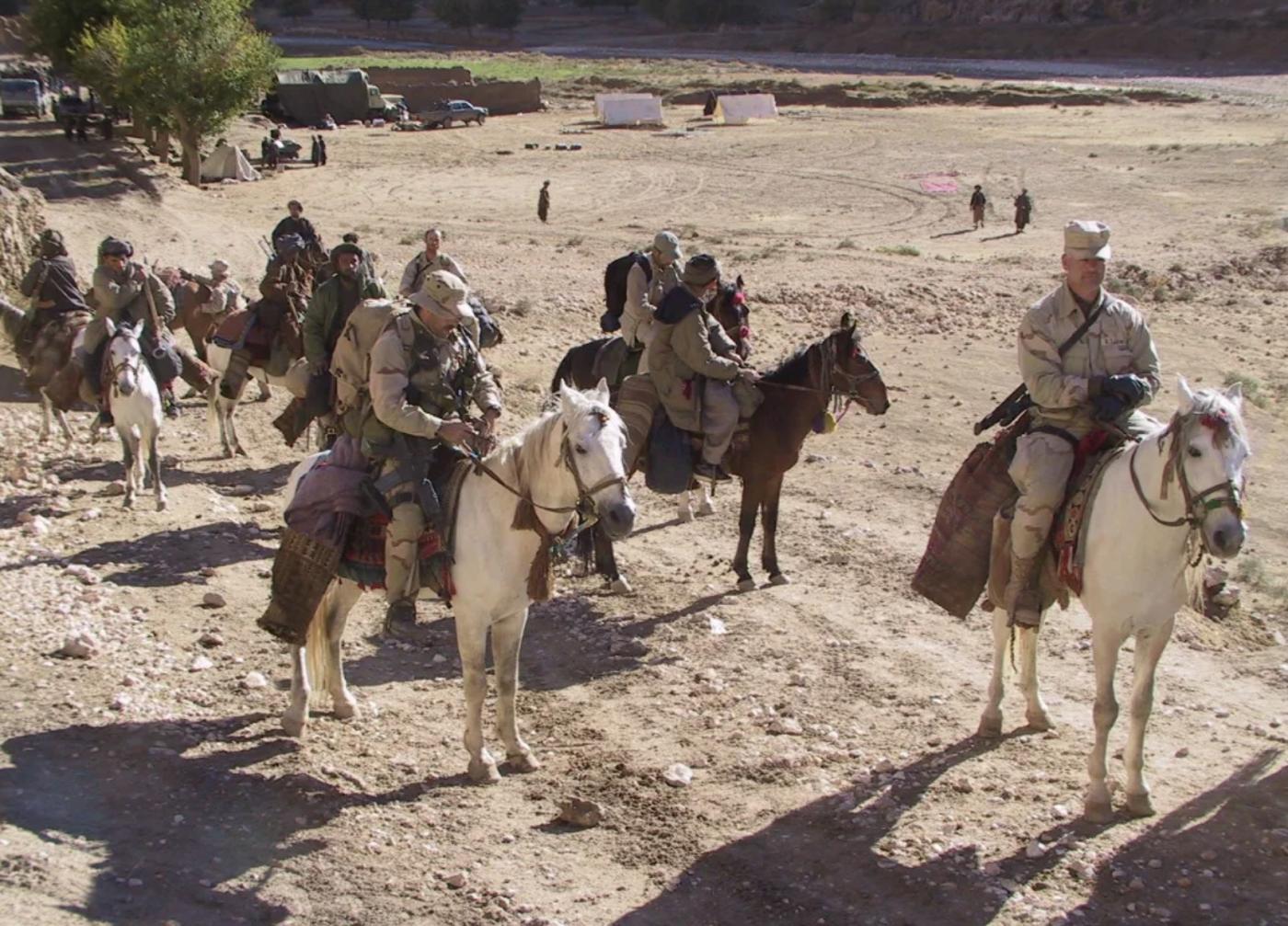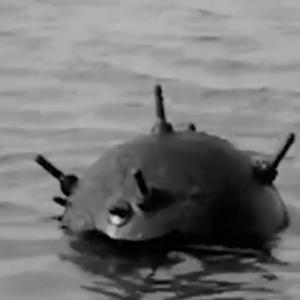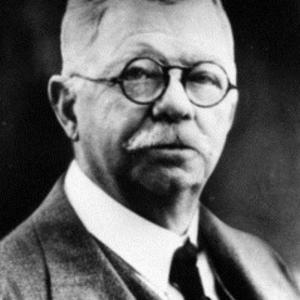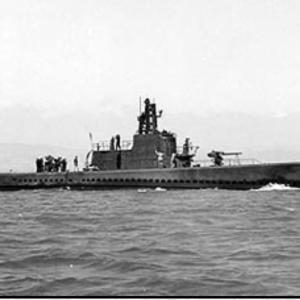
On this day in military history
The fall of Mazar-e-Sharif to the Northern Alliance on 9 November 2001 was the first decisive crushing defeat of the Taliban during the US-led intervention in Afghanistan, and it shattered their aura of inevitability in the north. The battle unfolded as a coordinated offensive involving the Northern Alliance’s ground forces backed by United States airpower and covert ground support from US and allied special operations teams already embedded with local commanders. Although the fighting on the ground was largely executed by Afghan forces loyal to General Abdul Rashid Dostum and Atta Mohammad Noor, it was American intelligence, precision bombing, and tactical integration of air and ground operations that made the victory rapid and devastating.
By early November the Northern Alliance had massed fighters around Mazar-e-Sharif, a strategic city controlling northern supply routes and the land bridge to Uzbekistan. The Taliban defensive perimeter was held mostly by Pashtun fighters and a contingent of foreign militants affiliated with Al-Qaeda, particularly Arabs and Pakistanis. US Central Command began large-scale precision bombing runs against Taliban armor, supply caches, trenches, and command nodes. These airstrikes were directed in real time by CIA Special Activities Division operatives and US Army Special Forces teams on horseback and in pickup trucks, moving with Northern Alliance units and marking Taliban positions with laser designators. The weapons employed included JDAM satellite-guided bombs, laser-guided munitions, cluster bombs, and strafing runs by AC-130 gunships, which proved especially lethal at night against Taliban convoys and retreating units.
Once Taliban front lines were softened, Northern Alliance cavalry-style charges followed, with fighters on horseback and technicals (machine-gun-mounted pickup trucks) pressing through gaps blown open by the bombings. The Taliban chain of command began unraveling within hours as communications broke down and retreat routes came under sustained air attack. Pakistani advisers attempted to rally defensive lines, but collapsing morale, the shock effect of unrelenting bombing, and the speed of the Northern Alliance advance created panic among Taliban troops. By the afternoon of 9 November, Taliban forces began fleeing the city in disorganized columns, many abandoning heavy weaponry. Pockets of foreign fighters fought to the death, but the position was untenable.
The victory was achieved with remarkably light Northern Alliance casualties relative to the scale of the operation, primarily because the US air campaign systematically destroyed armor, mortars, and strongpoints before ground contact occurred. US and allied involvement officially remained limited to intelligence and airpower coordination, but in practice small teams of American and British special forces were physically on the battlefield directing strikes and securing key sites. The battle marked the first visible proof that local Afghan anti-Taliban forces backed by Western precision firepower could dislodge the regime. Within hours, symbolic scenes emerged of the Taliban’s white flags torn down and the return of the old Afghan tricolor across the city.
Strategically it was a shockwave. The Taliban leadership in Kandahar was stunned by how fast the northern front had collapsed after years of dominance there. Recruitment and reinforcement pipelines from Pakistan were disrupted, and Taliban commanders elsewhere began doubting that they could withstand the combination of US airpower and united Northern Alliance offensives. Morale plummeted among Taliban field units; defections increased, and many district commanders opened covert talks with the Northern Alliance or simply abandoned posts. The psychological effect was greater than the territorial loss itself, as Mazar-e-Sharif had been seen as impregnable. Its fall opened a northern corridor for humanitarian aid from Central Asia and positioned the coalition to drive south toward Kabul within days. In military, political, and symbolic terms, the 9 November defeat was the moment momentum permanently shifted away from the Taliban during the opening phase of the war.










